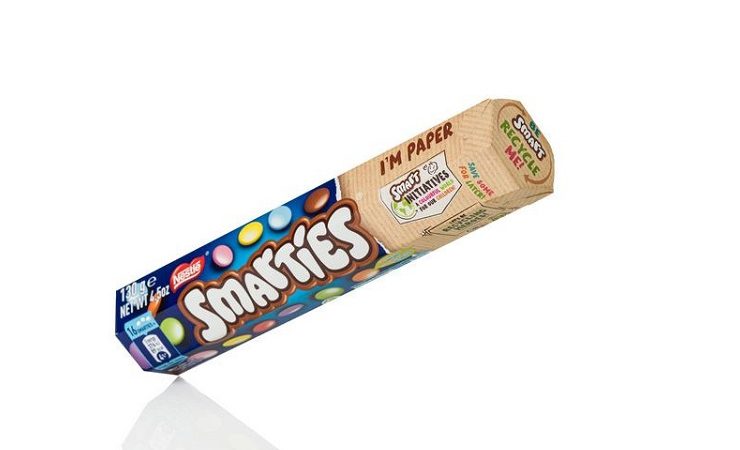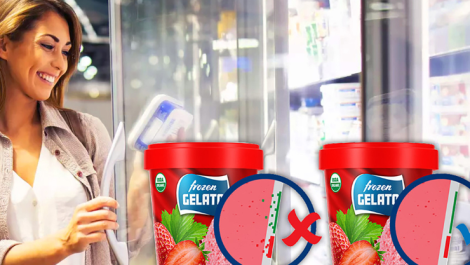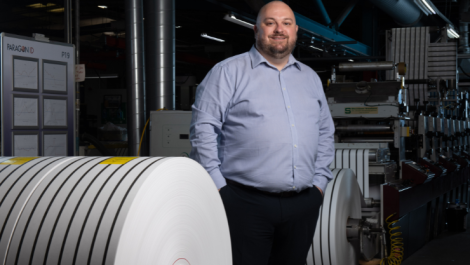Fibre-based packaging material – paper, board, cartonboard and folding boxes – can be recycled more than 25 times with little to no loss of integrity, according to industry association Pro Carton.
Citing new independent research conducted by Graz University of Technology (TU Graz) in Austria, Pro Carton – the European association of carton and cartonboard manufacturers – stated that this highlights cartonboard’s ‘vital contribution’ to the circular economy, and the part it can play in improving the sustainability credentials of businesses and brands. In numbers, Pro Carton confirmed the current recycling rate for paper and board packaging in Europe as now standing at approximately 84.2%, with the European paper industry having set itself a target of a 90% recycling rate by 2030.
The TU Graz 202 study saw folding cartonboard repeatedly recycled to understand what effect, if any, there would be on the mechanical property of the material, including its innate strength and crush resistance. The university reported, ‘No negative effect on the mechanical properties in question can be demonstrated in this study. The swelling capacity of the fibre also showed no negative trend.’ The university report also stressed the eco-benefits of the increased number of recycling loops. Specifically, ‘The more often the same item of packaging can be recycled, the more positive its impact on the environment.’
Winfried Muehling, general manager at Pro Carton, said, ‘The findings resolutely draw a line under a common myth that fibre-based packaging can only be recycled four to seven times before it loses integrity. It highlights that paper and board fibres are much more durable than previously considered.
‘In fact, Rene Eckhart, senior scientist at TU Graz, who led the research, believes that the limit on how many times paper, carton and cartonboard can be recycled is actually dictated more by the stock preparation process and achieved collection and recycling quota.’
Mr Muehling added, ‘To keep our circular business model running, we will always need a sound mix of virgin and recovered fibre. Some customers have specific product requirements allowing only virgin fibre, for instance those requiring packaging intended for direct food contact with moist or greasy food like chocolate. Other examples include luxury packaging with special requirements regarding the ‘whiteness’ or ‘stiffness’ of the material which will certainly need virgin fibres. For our industry it is crucial to collect, sort and recycle all fibre materials in the market. Virgin and recovered fibre are equally important for the circular economy, which is something many brands and retailers are looking to support.’










